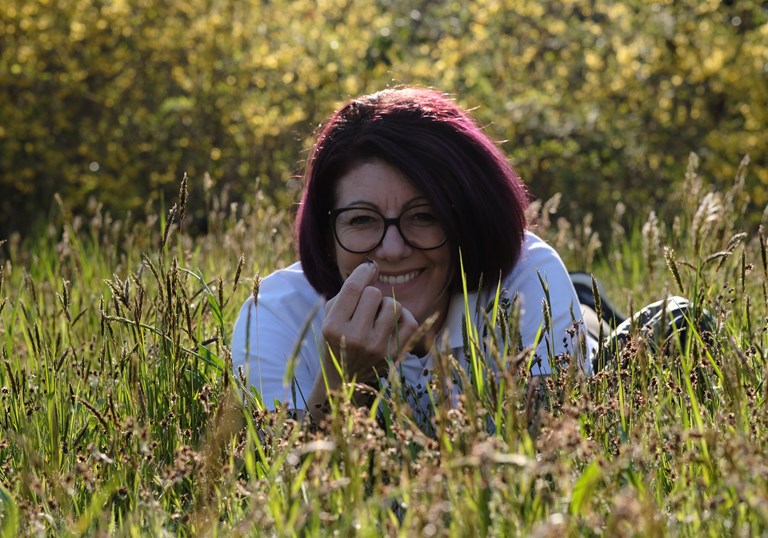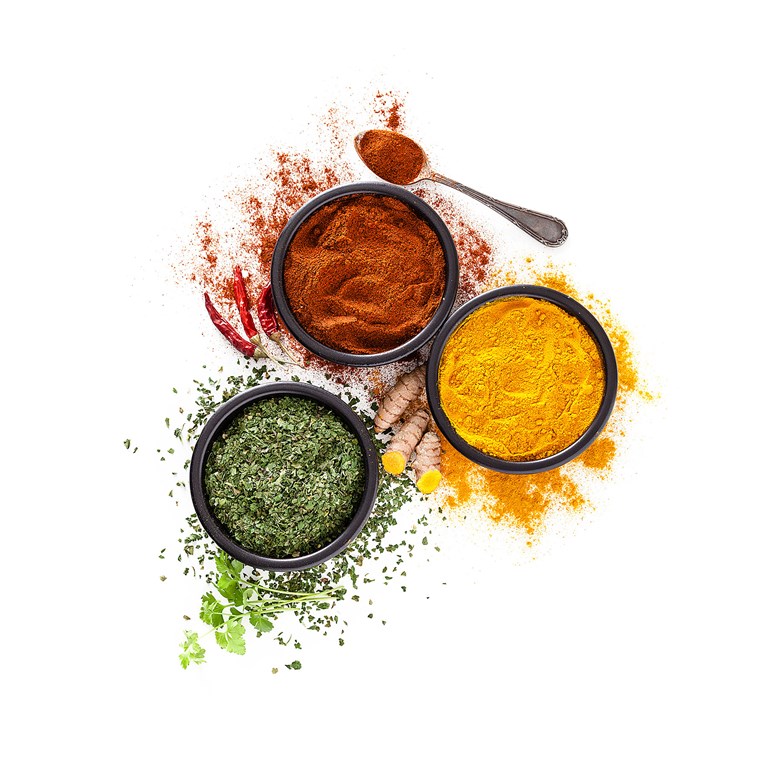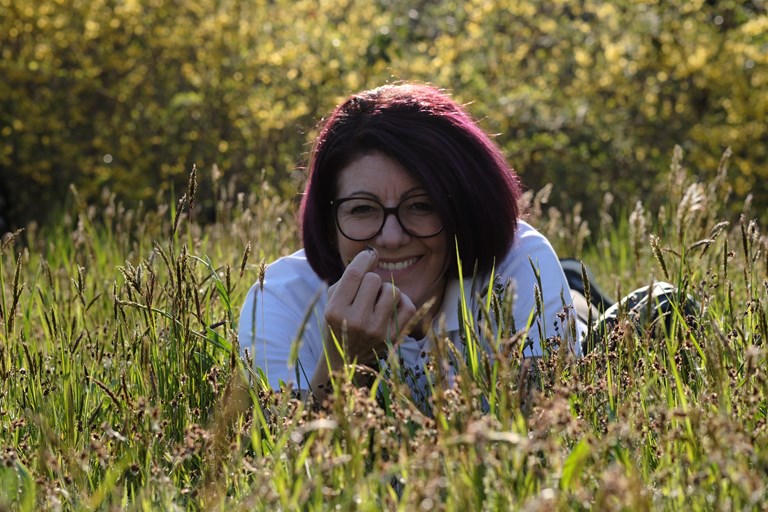
The larva that is good for the environment
For every kilogram of animal protein produced, approximately six kilograms of vegetable protein are needed. This means that millions of tonnes of cereals and soya are cultivated only to be used in animal husbandry. The result is a consumption of land and resources.
But what if waste and organic waste could be used to feed animals? A start-up from Ticino has decided to try. It was founded by Elisa Filippi, who combined her studies in veterinary medicine with those in business administration and added her interest in the world of insects. Thus, Ticinsect was born.
An example of a very interesting circular economy model, as Filippi herself explains.
What is Ticinsect’s project based on?
“We use a particular larva, the larva of the soldier fly. Its scientific name is Hermetia Illucens and it is known as the black soldier fly. It is native to America, but has long since spread to other continents, including Europe and Switzerland.”
What is its characteristic?
“It feeds voraciously on organic substances, eating up to four times its own weight in a single day. We can call it a healthy insect, as it does not carry diseases and is not invasive.”
What do you get from these larvae?
“Protein flour and an oil rich in fatty acids. Both can be used to feed animals, both farmed and pet animals.”
And what do you feed the larvae with?
“They could eat almost all kinds of organic waste but, on a legislative level, but since the purpose is to produce flours that enter the food cycle, it is not allowed to use kitchen waste, to understand what first ended up in our dish. But you can use all the waste from the food industry and agriculture, in addition to the unsold food of the large distribution. Even the so-called ‘green’ can be used with a lower yield but still good. These are wastes that are currently a disposal cost. In some cases, in Ticino, we also get to confer outside the canton because the plants are not enough. Instead, with our system, they can be completely recycled.”
Because of the larvae?
“Yes, the waste is shredded and placed in special boxes, about 60 x 40 centimetres in size, and the larvae are placed there. Within two weeks, only the larvae and the fertiliser remain in the box.”
What is the surrender?
“It depends very much on the percentage of moisture in the waste. A reliable estimate is that from 100 kilograms of organic waste, you get 20 kilograms of fertilizer, 10 kilograms of protein flour and 3 kilograms of oil.”
So about two-thirds of the weight disappears?
“Exactly. You lose the water contained in the waste. No other technology has such an ability to reduce biomass.”
The concept of a circular economy is fully respected.
“Yes. We produce the eggs, the larvae, collect the waste, process it and give it back in the form of fertiliser and food to the agricultural sector. There is no shortage of market because most of the larvae is then used for the extraction of these valuable components, while a small part is used to produce more eggs to reform the colony. The system is perfectly circular because everything is reused and nothing is discarded. Our system feeds the animals with soya and fish meal and producing it creates conflicts with the management of resources for human food. Our process, a closed loop, does not consume raw materials but makes the most of the waste. Moreover, the oil extracted from the larvae can also be used as a biofuel.”
Where will your first plant be located?
“We will open our first industrial plant in Biasca, in the Leventina Valley. We have acquired a building with an area of 3,000 square metres and will start semi-intensive production.”
When will the first productions take place?
“We will start by 2022 with the manual line, while the automated line is scheduled to start by the end of 2023.”
When fully operational, how much waste will you dispose of?
“We aim for at least 5,000 tonnes per year.”
Have you found interest from investors?
“Yes, because we expect a return on investment in a relatively short time frame of 3-4 years.”
Is this a model you consider replicable?
“Our goal is exactly that. The type of solution we have adopted fits well with a zero-kilometre philosophy. Unlike large centralised plants, which have to move hundreds of lorries several kilometres to deliver waste, a plant like ours can be built close to medium-small realities, such as farms, food production that produce this type of waste, and livestock farms that have an interest in exploiting their waste and using our products: it is a matter of creating a network of virtuous actors actively committed to sustainability.
Furthermore, due to the small size of our solution, it does not require or impact particularly on landscape and urban planning. It is a model that fits very well with the territorial characteristics of Switzerland and the Alpine areas.”
Could it have been done earlier?
“I remember that when I was at university, more than 20 years ago, it was already known that we could not continue to produce food as we were doing, which is why I have always been interested in the world of insects, they have long been studied as possible resources for animal production. The problem is that time has been wasted over the years, only since 2017 has it been possible to market insects for food purposes.”
The Hermetia Illucens or soldier fly is a dipteran insect (i.e. with only one pair of wings) that reaches a maximum size of two centimetres. It is predominantly black in colour, with metallic blue to green highlights. It lays eggs about 1 millimetre long that hatch after about 4 days. The larva in the early stages is 1.5-2 millimetres long but develops rapidly to 25 millimetres in a couple of weeks.
They are considered useful as they initiate the decomposition of organic matter and, in connection with their rapid development and voracity, have been tested in organic waste disposal trials. In forensic medicine, the species is used to estimate the time of death and obtain information on the place and circumstances of death. In relation to the high protein content of the larvae, they are used in animal feed when reduced to meal.
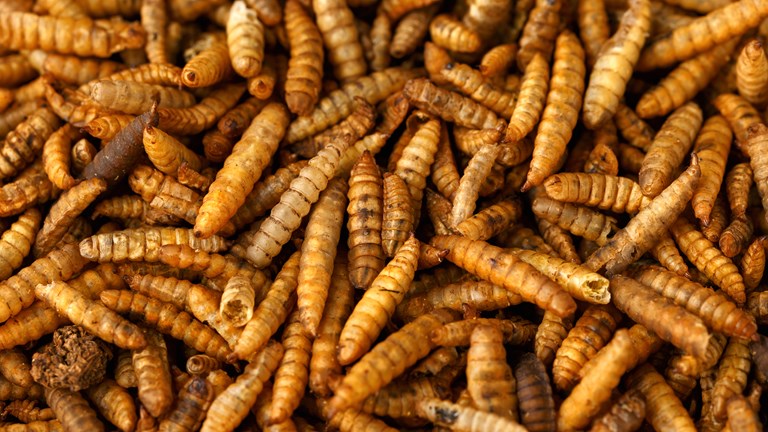
Elisa Filippi
Year of birth: 1974
Profession: entrepreneur
After graduating in Science of Animal Production in Italy (equivalent to agronomist engineer in Switzerland), she obtained an MBA at the Milan Polytechnic.
In 2017, she founded the start-up Ticinsect, which in 2019 became an entrepreneurial reality committed to experimenting with solutions for the production of insect-based animal food fed with organic waste.
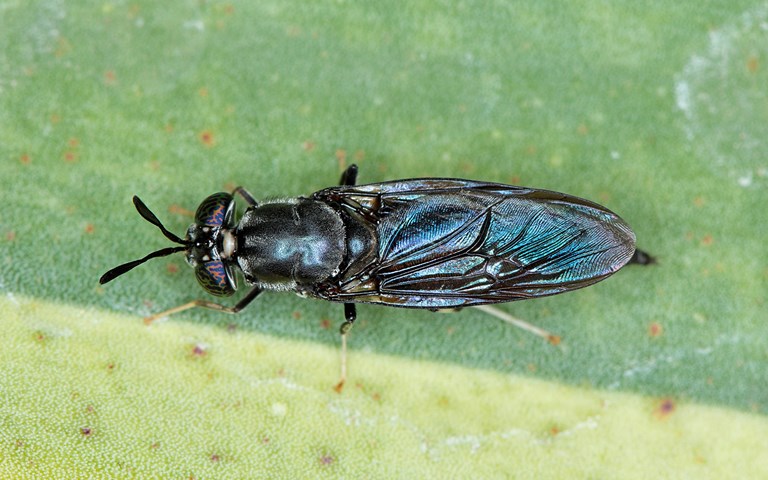
Playlist


